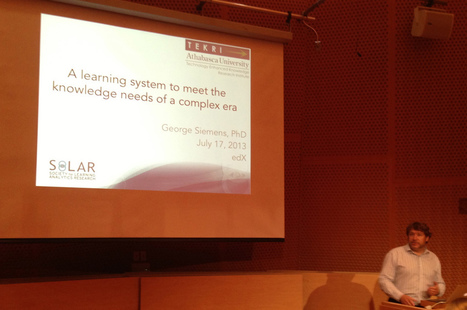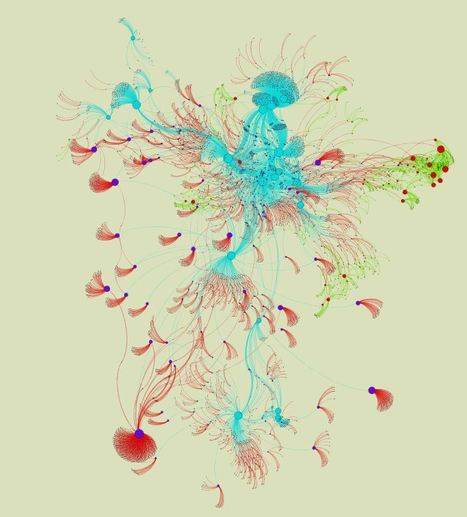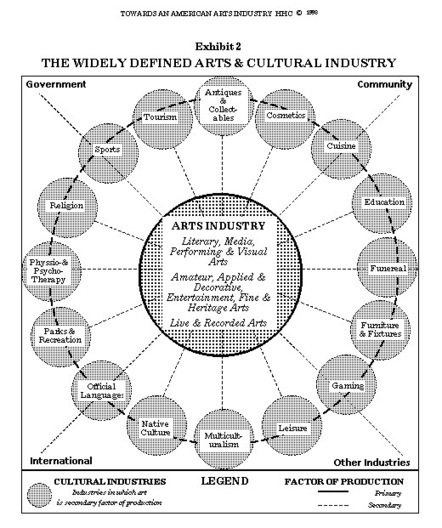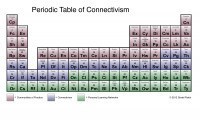l s’agit avec ce texte de proposer/provoquer une démarche réflexive de type théorique destinée à servir de base à une approche systématique du « positionnement » des arts contemporains (et de la place qu’y prennent les arts dits technologiques) et plus largement du « culturel » (qu’il s’agit de distinguer des arts), ceci dans le cadre général de ce que l’on appelle depuis les années 1970 industries culturelles.
Philippe Baudelot - janvier 2013 - dans le cadre du projet M4m (M for mobility - http://www.m4mobility.eu)
Par industries culturelles, on entendra le secteur d’activité économique et financière généré par le regroupement de l'ensemble des entreprises et des opérateurs produisant selon des démarches industrielles des biens dont l'essentiel de la valeur tient dans leur contenu symbolique : livre, musique, cinéma, télévision, radio, jeux vidéo, tourisme de masse et par extension les activités et productions liées à la création artistique en général. Pour autant, on n’oubliera pas, ce qui est trop souvent la cas, que la notion d'industrie culturelle, traduction française de l'expression allemande Kulturindustrie introduite par Theodor W. Adorno et Max Horkheimer, avait à l’origine une dimension critique concernant l'instrumentalisation de la culture populaire par l’industrie. ...
Via
Jacques Urbanska,
juandoming



 Your new post is loading...
Your new post is loading...













![Piratical Practices - a theory/practice project - remix + appropriation + [de]collage + intellectual property... | Didactics and Technology in Education | Scoop.it](https://img.scoop.it/ZdrlohFGKc2m_eP_Pv2QgTl72eJkfbmt4t8yenImKBVvK0kTmF0xjctABnaLJIm9)







Comment le réseau tranforme-t-il votre apprentissage ? Un article sur l'apprentissage connectiviste en réseau.